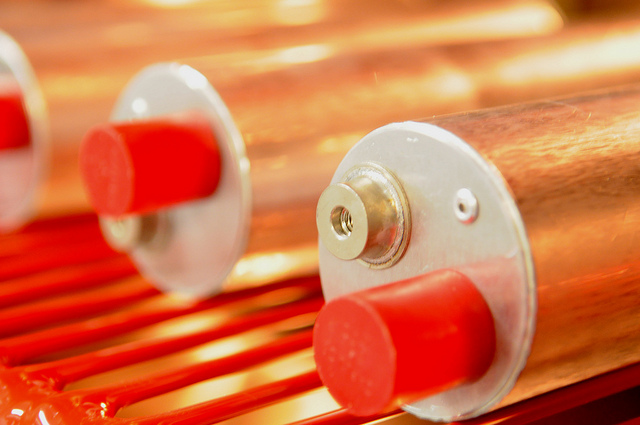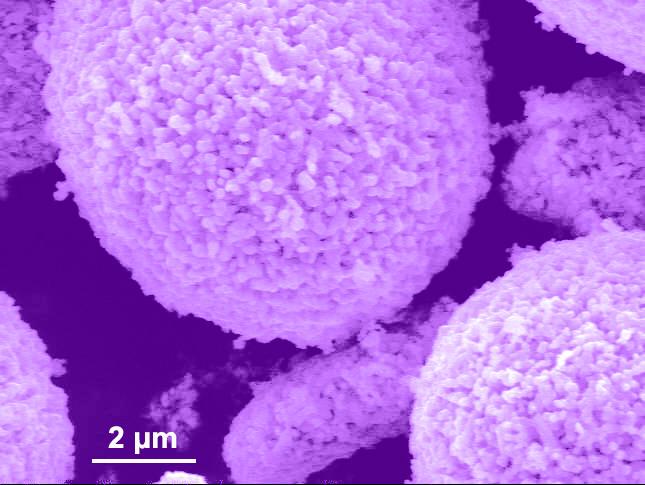 A team of scientists from Oak Ridge National Laboratory is using the precision of an electron beam to instantly adhere cathode coatings for lithium-ion batteries. This new development, as reported in the Journal of The Electrochemical Society, could lead to a leap in efficiency that saves energy, reduces production cost, and eliminates the use of toxic solvents.
A team of scientists from Oak Ridge National Laboratory is using the precision of an electron beam to instantly adhere cathode coatings for lithium-ion batteries. This new development, as reported in the Journal of The Electrochemical Society, could lead to a leap in efficiency that saves energy, reduces production cost, and eliminates the use of toxic solvents.
This from ORNL:
The technique uses an electron beam to cure coating material as it rolls down the production line, creating instantaneous cross-links between molecules that bind the coating to a foil substrate, without the need for solvents, in less than a second.
“Typical curing processes can require drying machinery the length of a football field and expensive equipment for solvent recovery,” says David Wood, co-author of the study. “This approach presents a promising avenue for fast, energy-efficient manufacturing of high-performance, low-cost lithium-ion batteries.”
Read the full paper, “Electron Beam Curing of Composite Positive Electrode for Li-Ion Battery.”



